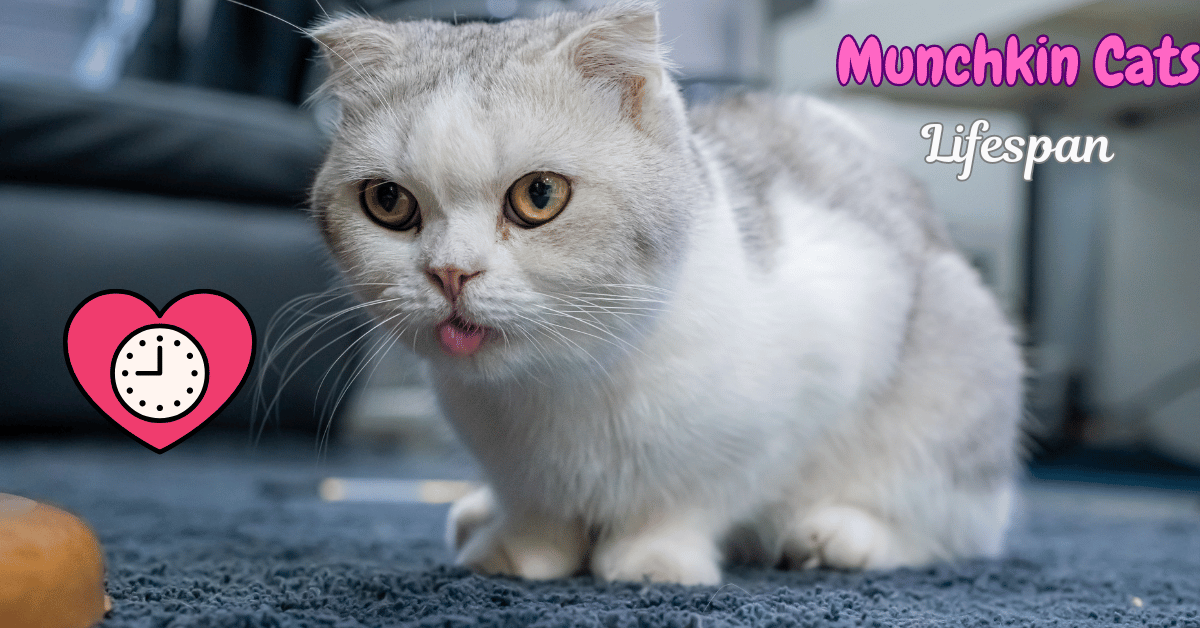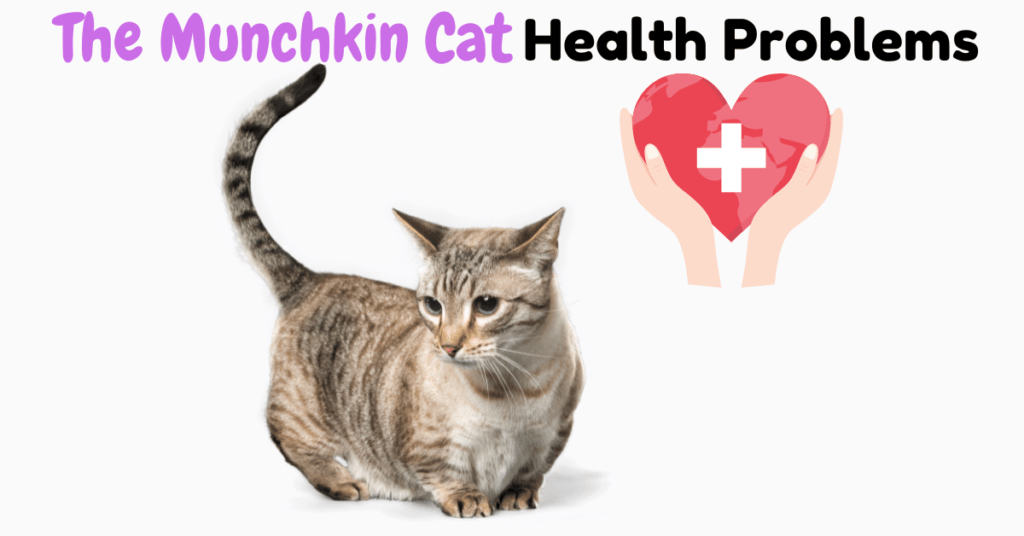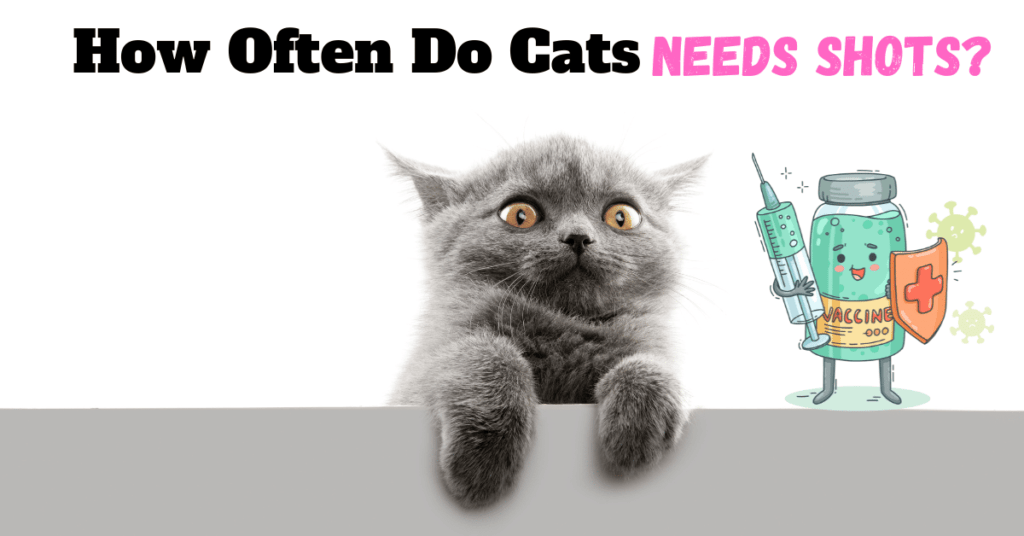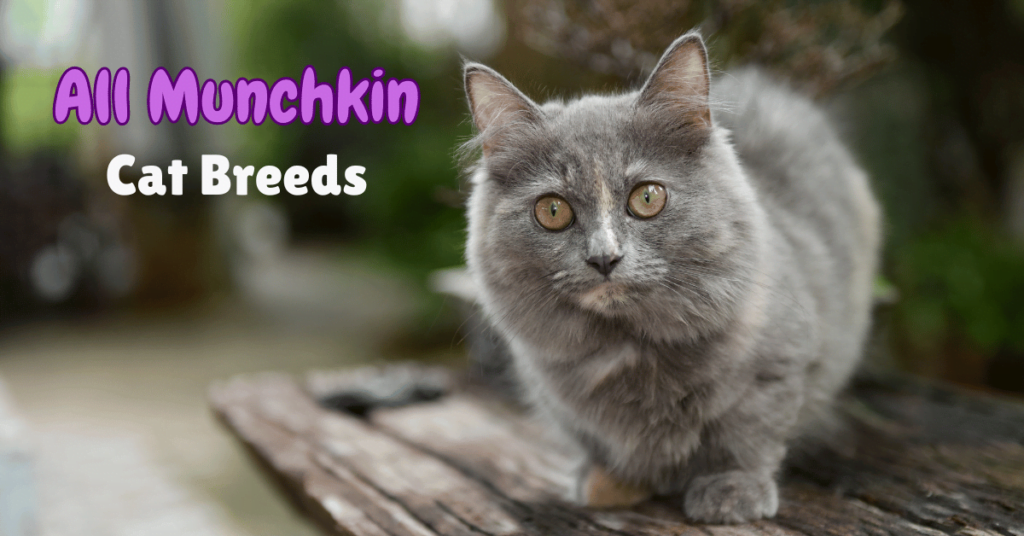This post contains affiliate links and I will be compensated if you make a purchase after clicking on my links.
Munchkin Cat Lifespan Explored: How Long Do They Typically Live?
Despite controversies, Munchkin cats typically enjoy a lifespan of 12–15 years, similar to other domestic cats. The genetic mutation affecting their leg length does not appear to shorten their life expectancy. Given that this breed is relatively new, with systematic breeding only since the 1980s, our understanding of their long-term health remains incomplete.
However, the act of cross-breeding, which introduces a range of lifespans and health predispositions from different breeds, introduces additional variables that influence the overall longevity of Munchkin cats. This diversity in genetic background can significantly affect their health outcomes and life expectancy.
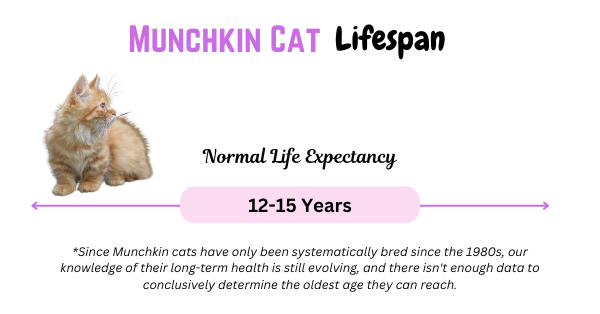
The Biology and Ethical Controversy of Munchkin Cats
Munchkin cats feature caused by a genetic condition called pseudoachondroplasia. This condition is the result of a spontaneous genetic mutation that leads to a form of dwarfism, defining their unique physical appearance.
While their compact size and unique gait have made Munchkin cats popular, these same traits have ignited ethical debates within cat associations. The controversy stems from concerns over the deliberate breeding practices used to perpetuate their physical characteristics. Because the gene responsible for their short stature is dominant, breeding two Munchkin cats can lead to lethal outcomes.
To mitigate this risk, breeders often cross a Munchkin with a non-Munchkin cat, a practice designed to maintain the breed’s characteristics while avoiding the potential for genetic complications.
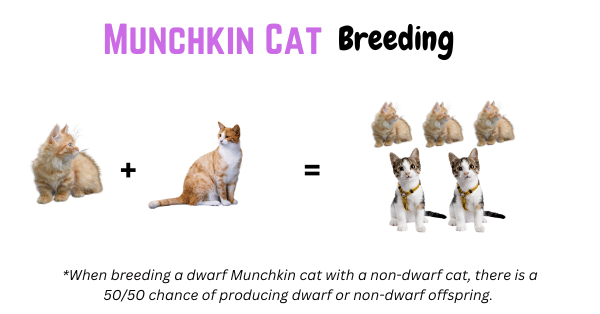
Fact: Selective breeding of Munchkin cats for their unique traits raises significant ethical concerns regarding animal welfare. Critics argue that prioritizing aesthetic qualities can lead to health issues and a diminished quality of life. Consequently, some cat associations and ethical organizations have voiced opposition to breeding Munchkin cats.
Navigating Early Life and Adult Maturity in Munchkin Cats
Munchkin cats experience their most significant growth during the first few months of life, typically reaching full size by their first birthday. Post this growth phase, it’s crucial to manage their diet carefully to prevent obesity due to their compact stature.
As they transition into adulthood, Munchkin cats rarely weigh over 10 pounds and can often be mistaken for kittens due to their diminutive size. By the time they reach the senior age of 6 or 7, a dietary shift towards food rich in vitamins and minerals but lower in fat is advisable to maintain their health.
Pro Tip: At one year, transition Munchkin cats to an adult diet with fewer calories and fat, and at seven years, switch to a senior formula that’s richer in vitamins and minerals but still low in fat.
Munchkin Cats: Understanding Breed-Specific Health Concerns
Munchkin cats can develop certain health conditions at any age, though some issues tend to become more pronounced as they age. Maintaining their health is crucial throughout their lifespan, with particular attention needed during their senior years to manage conditions that significantly affect their mobility and overall well-being.
Key Health Concerns for Munchkin Cats:
- Lordosis – This condition, characterized by a severe curvature of the spine, can significantly impact a cat’s mobility and comfort.
- Osteoarthritis – Given their unusual limb bone growth, Munchkin cats are at a higher risk for this joint disease, which can inhibit their mobility and necessitate pain management.
- Pectus Excavatum – This structural chest deformity can affect respiratory and cardiac function, requiring vigilant medical attention.
- IVDD: Intervertebral Disc Disease (IVDD) involves the deterioration or herniation of the discs between the vertebrae, which can lead to significant pain, nerve damage, or even paralysis. While more commonly discussed in certain dog breeds, it’s important to be vigilant about this condition in Munchkin cats as well, due to their modified spinal structure.
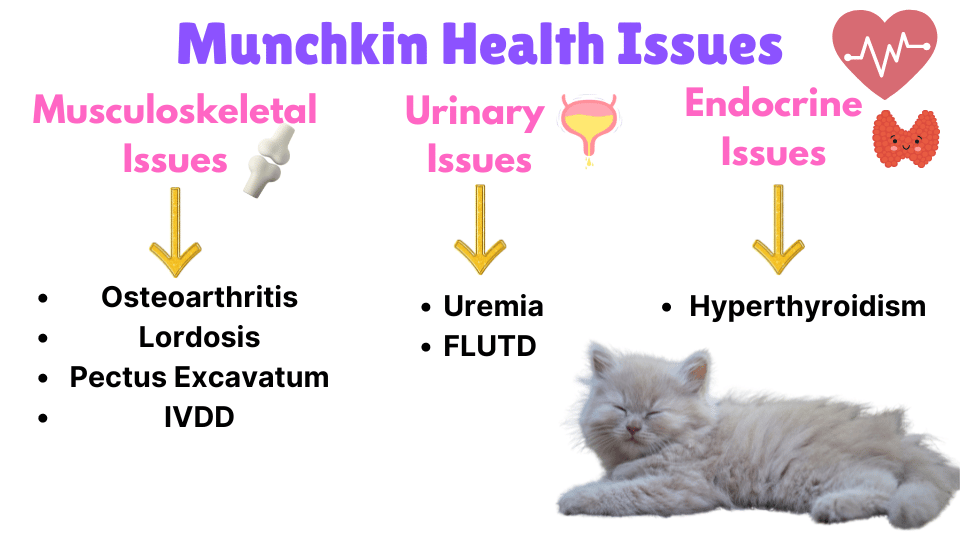
Tip: These are not the only health conditions they are prone to; these specifically relate to the Munchkin breed’s unique characteristics. Additionally, they are still susceptible to other health concerns common across most cat breeds.
Enhancing the Lifespan of Munchkin Cats: Care Tips for Longevity
We understand the average lifespan of Munchkin cats, but as discussed, there is much more to discover about the breed. What history has consistently shown across all breeds is that proper care significantly enhances our furry friends’ happiness and longevity. This is a certainty.
Here’s how you can support their zest for life while ensuring their well-being.
Exercise Needs
Due to their short legs, Munchkin cats face challenges in jumping and climbing, but they remain active and their stature doesn’t slow them down. They require regular exercise to manage their energy levels, so it’s important to provide plenty of cat toys.
Equip your home with low-sided litter boxes and beds, and ensure that cat trees and climbing structures are accessible and tailored to their size. Consider adding a stool by the bed or couch to assist them in climbing safely, helping to conserve their energy.
Social Interactions
Social interactions are vital in extending the life and happiness of your Munchkin cat. These cats are social butterflies who not only enjoy but need interactive play sessions to remain mentally and physically healthy. Early socialization helps them feel secure, and they can be trained to fetch and even walk on a leash, enhancing their engagement with their environment.
Diet and Nutrition
Feeding your Munchkin cat a balanced diet that is tailored to their specific energy needs helps prevent obesity and supports overall health. Opt for high-quality cat food that provides all the necessary nutrients without excessive calories.
Grooming
Regular grooming is crucial, especially for those with longer coats. Short-haired Munchkins require weekly brushing, while long-haired ones may need more frequent care to avoid tangles. Given their limited reach, your help with grooming can prevent matting and maintain coat health.
Regular Veterinary Visits
Regular veterinary visits are crucial for the early detection and management of health issues. Alongside these visits, ensuring your cat is up-to-date on vaccinations plays a key role in preventive health care. This proactive approach helps address potential problems promptly, contributing to a longer, healthier life for your pet.
Neutering or Spaying
Spaying or neutering your Munchkin cat is beneficial for both behavioral and health reasons, reducing the risk of certain diseases and unwanted behaviors. A study conducted by Banfield Pet Hospitals, which analyzed data from 460,000 cats, found that spayed female cats lived 39% longer and neutered male cats lived 62% longer.
Creating a Safe Indoor Environment
Keeping your Munchkin cat indoors can protect them from external dangers and diseases. Ensure their living space is enriched with toys and play opportunities to keep them engaged and active.
Concluding Thoughts on Munchkin Cat Lifespan and Care
Choosing the right breeder is crucial for aspiring Munchkin cat owners, especially given the breed’s unique characteristics and the historical controversy surrounding their breeding. A reputable breeder can ensure that the kittens are healthy and free from preexisting conditions.
Despite past skepticism regarding potential spinal issues due to their unique physique, Munchkin cats have largely shown that they can lead healthy lives without the speculated problems.
In caring for a Munchkin cat, it is essential to consider both their physical and social needs. Regular veterinary check-ups, appropriate diet, exercise, and a safe living environment can help maximize their health and longevity, ensuring that these captivating companions bring joy for many years.
Meet Sean, a fintech whiz with a penchant for pet purrs and blockchain buzz. After a decade of fintech feats, Sean’s tech talents leaped from ledger lines to litter lines, driven by a passion for pets and a vision for a more connected pet care community. With three critter companions as co-pilots, Sean launched this blog to share a treasury of pet-friendly tech tips and tales.

